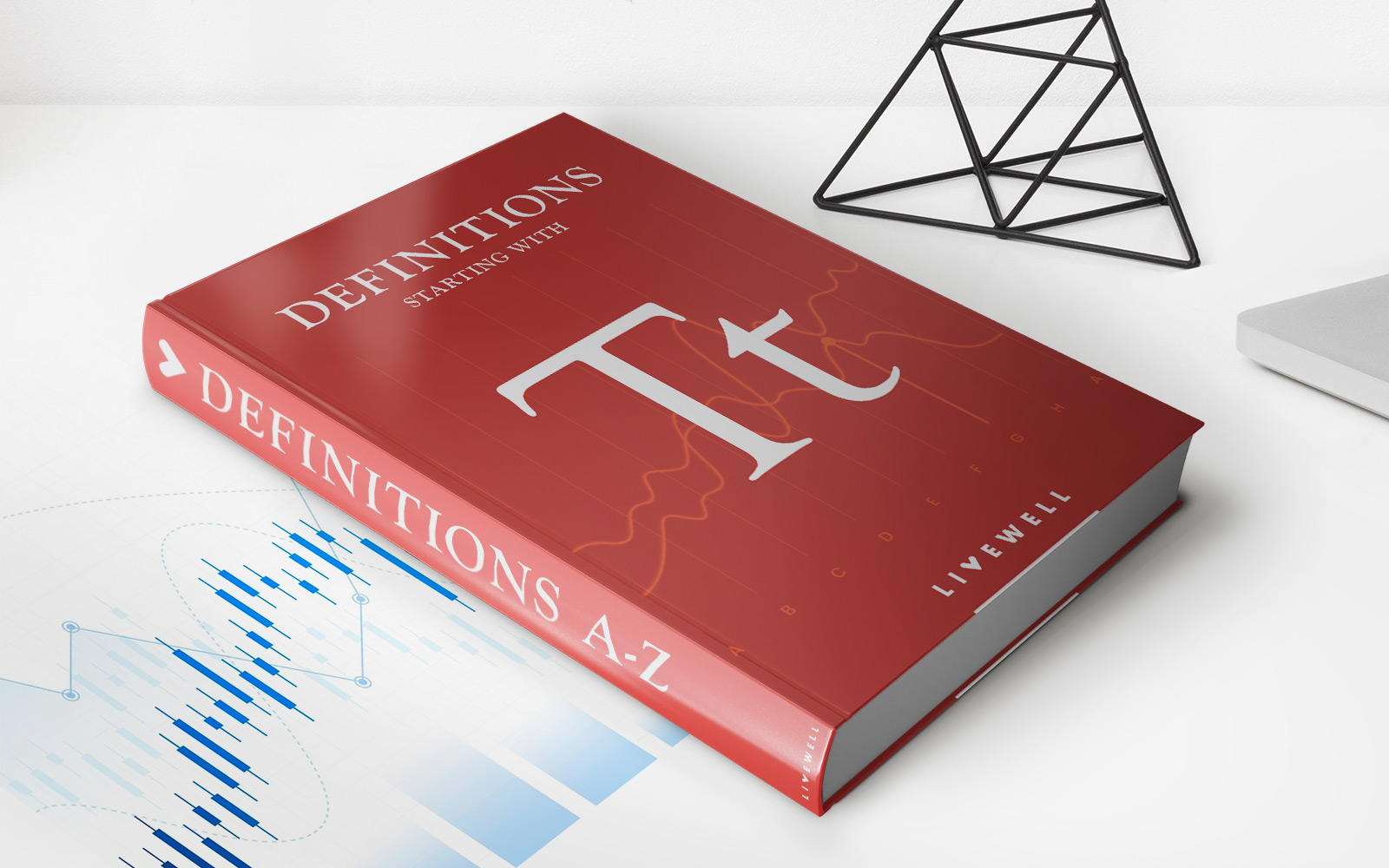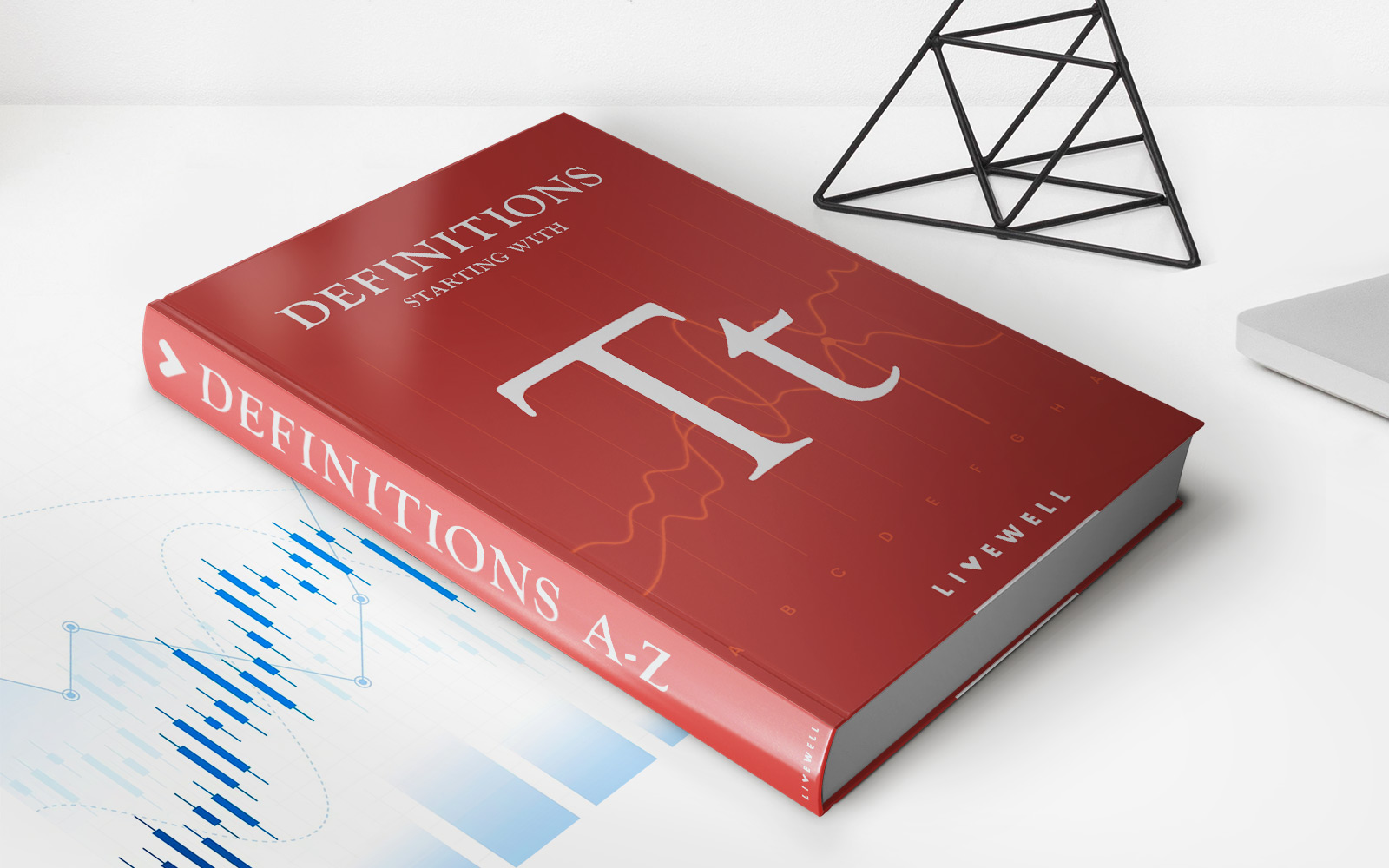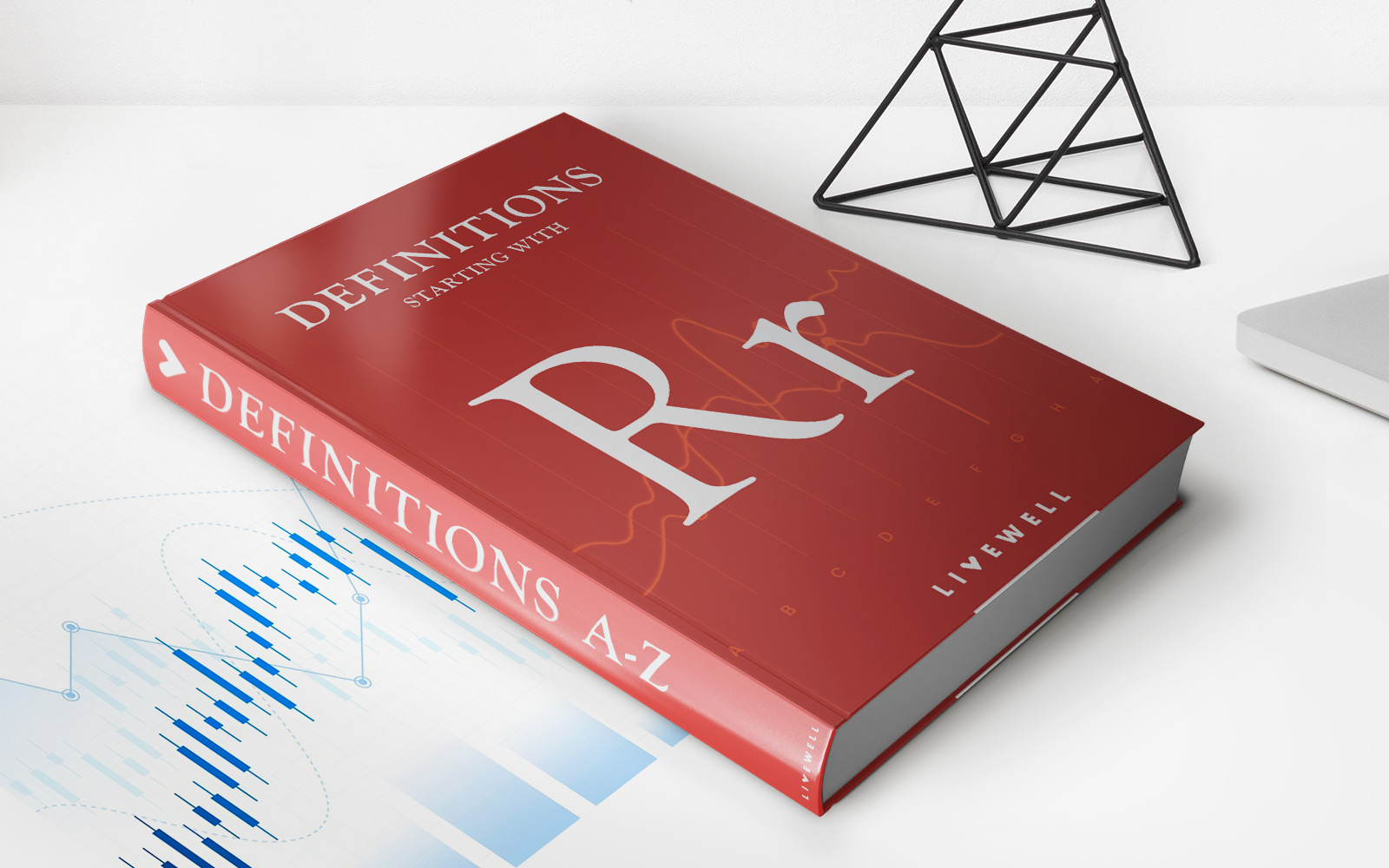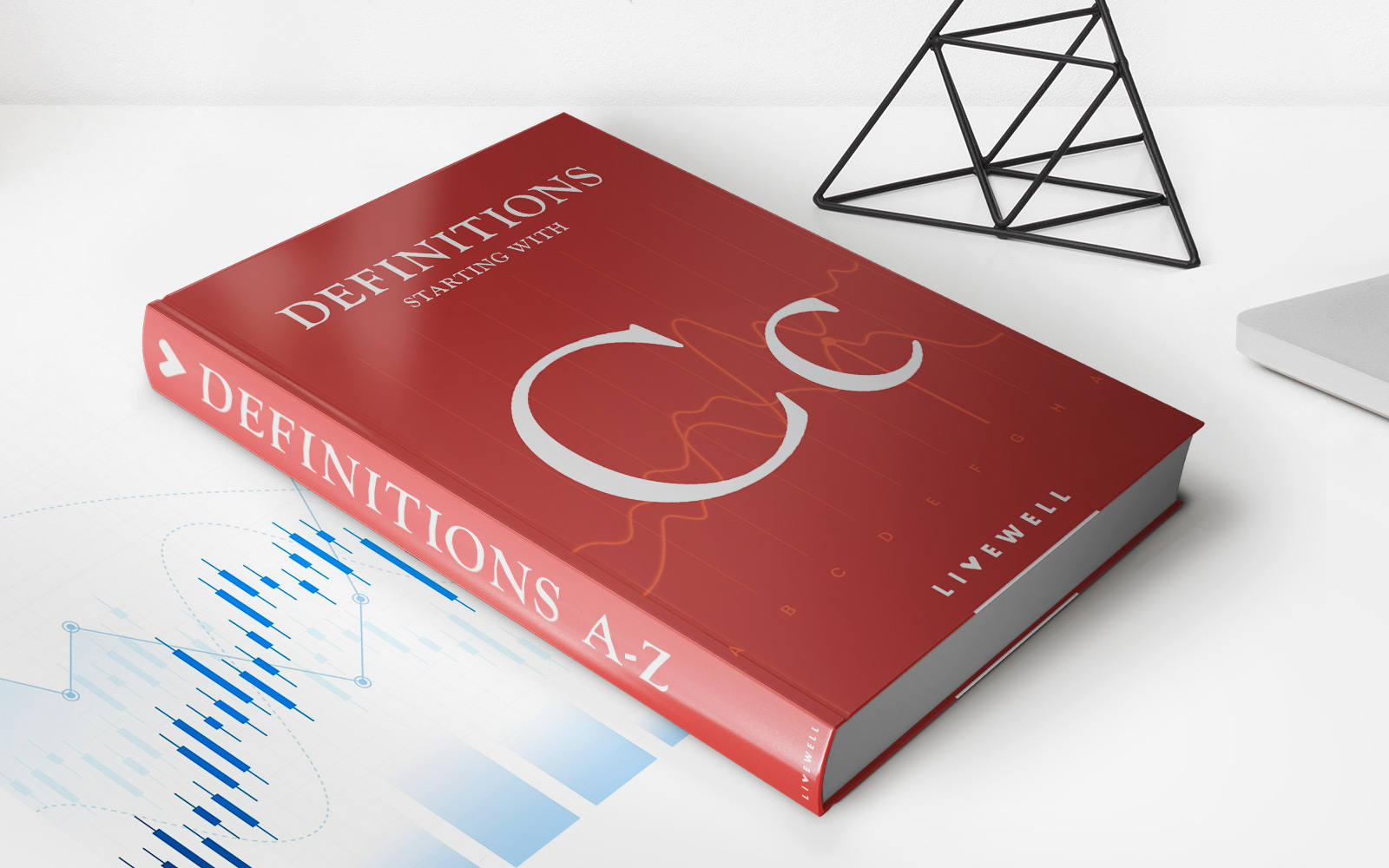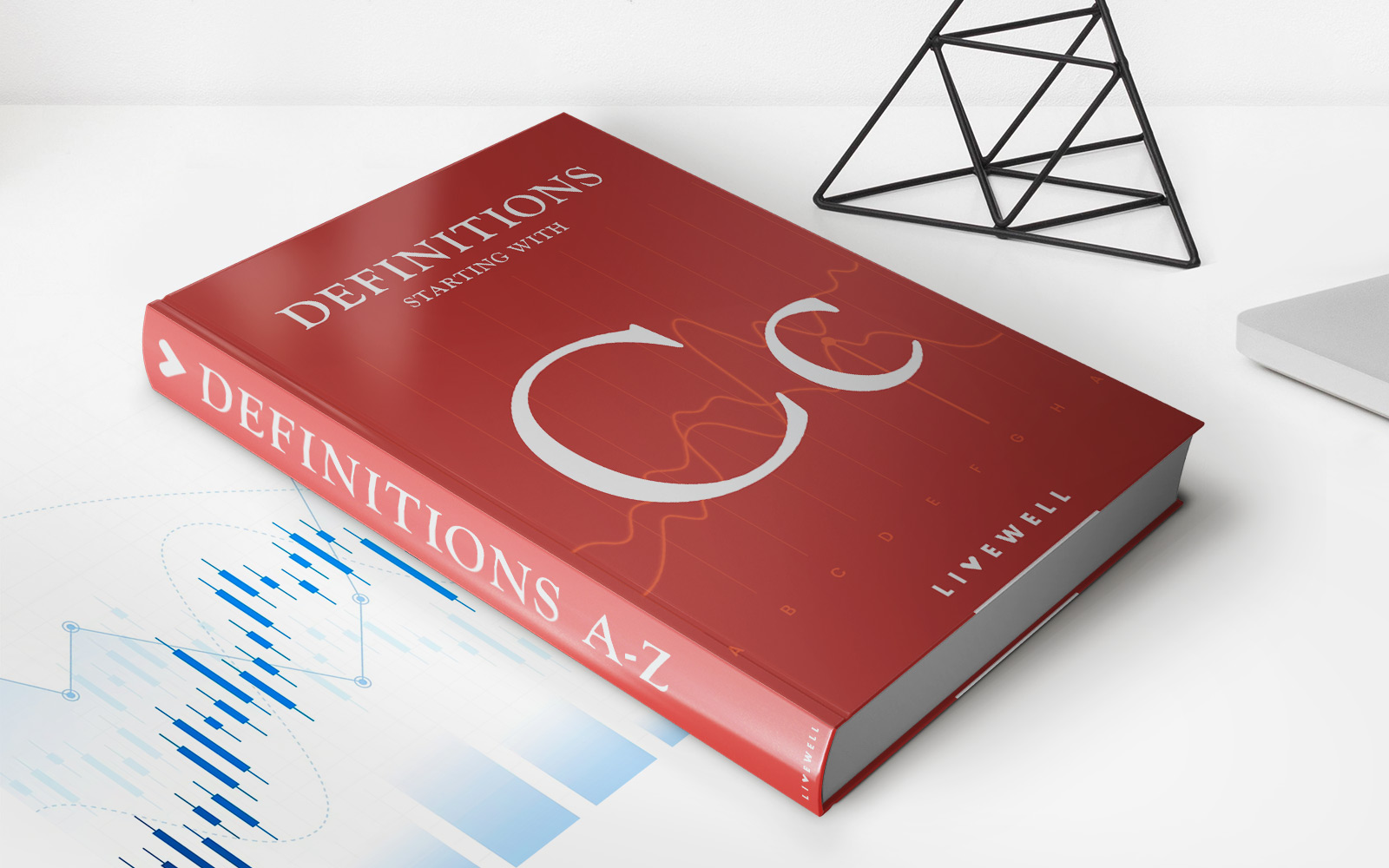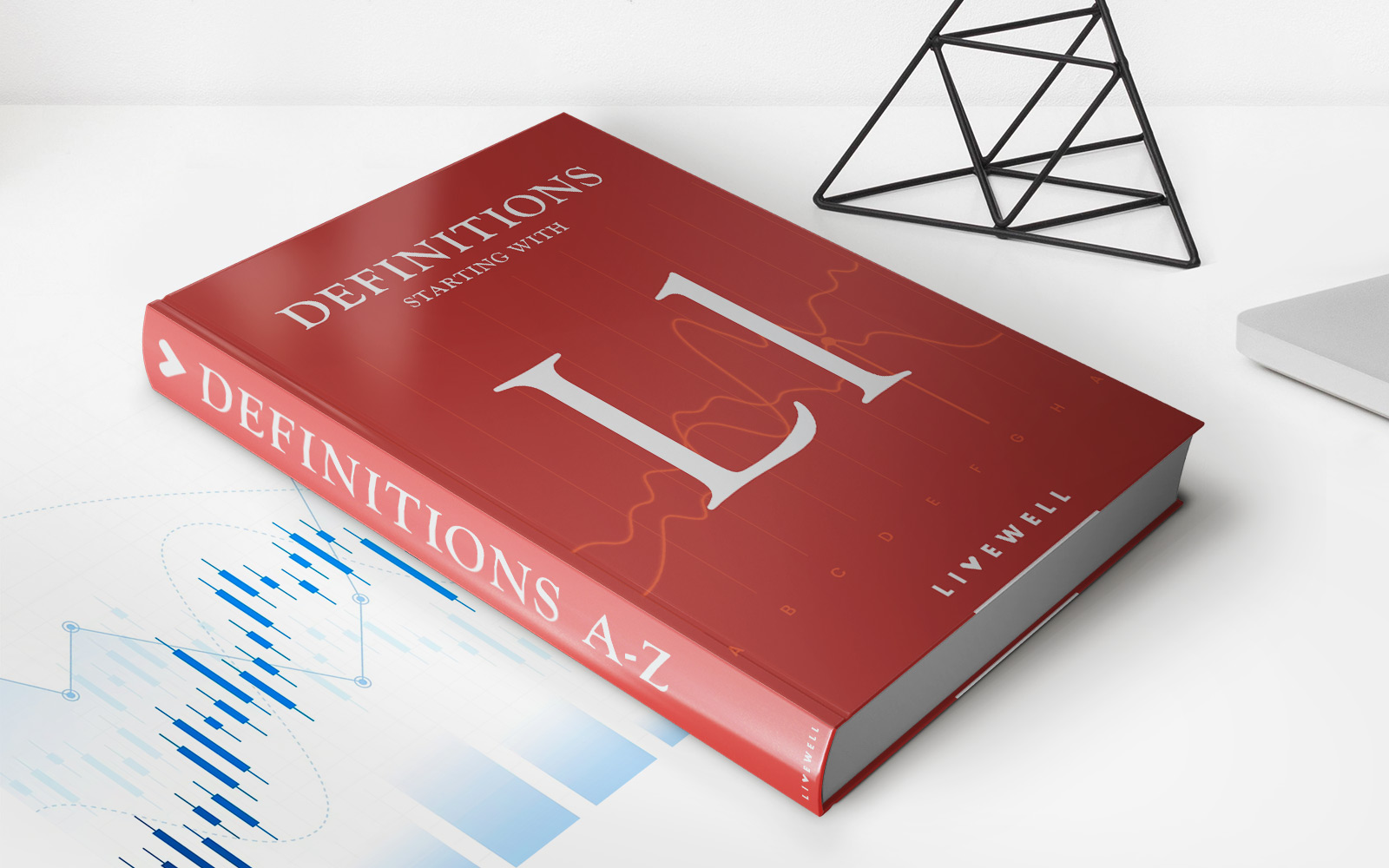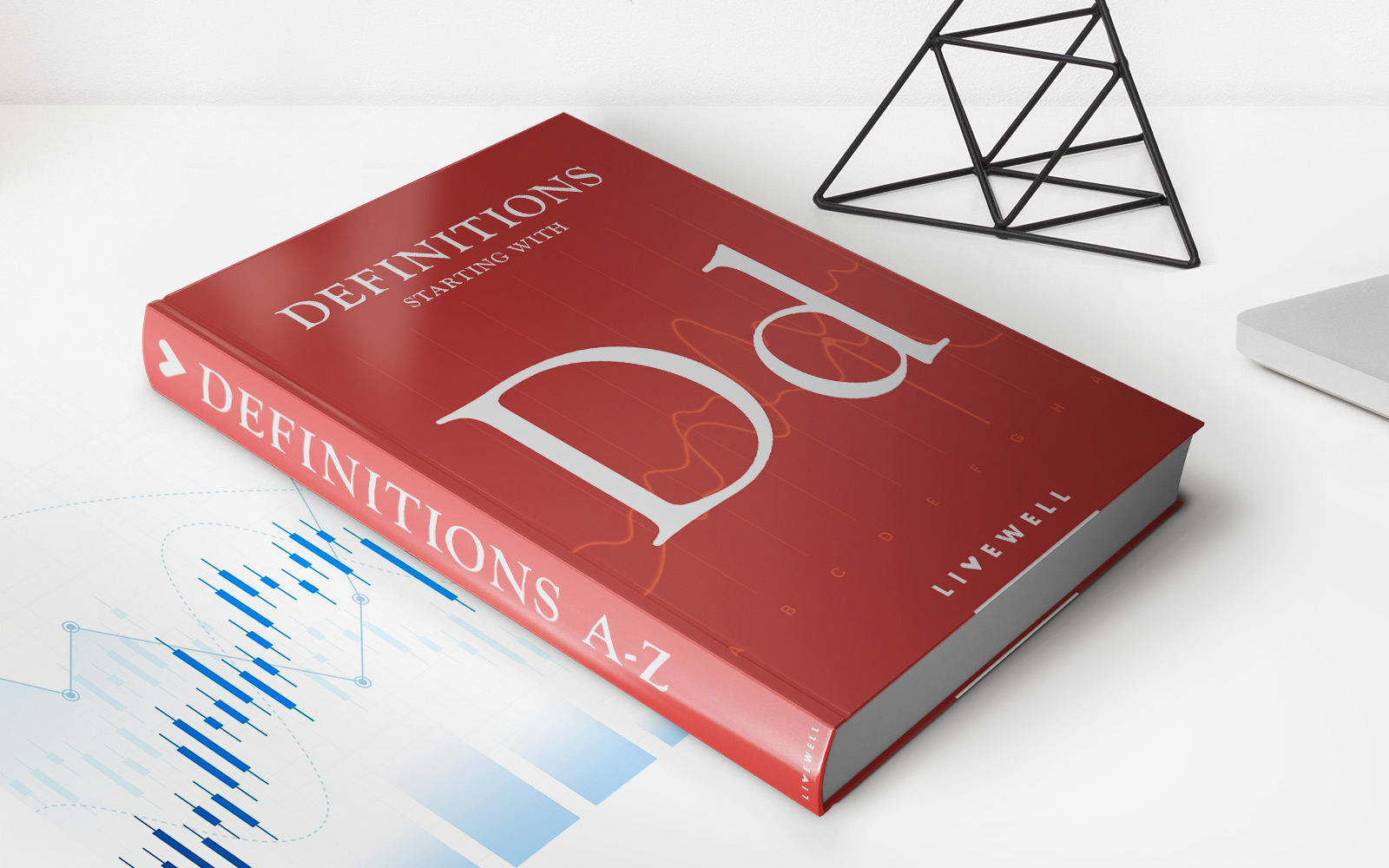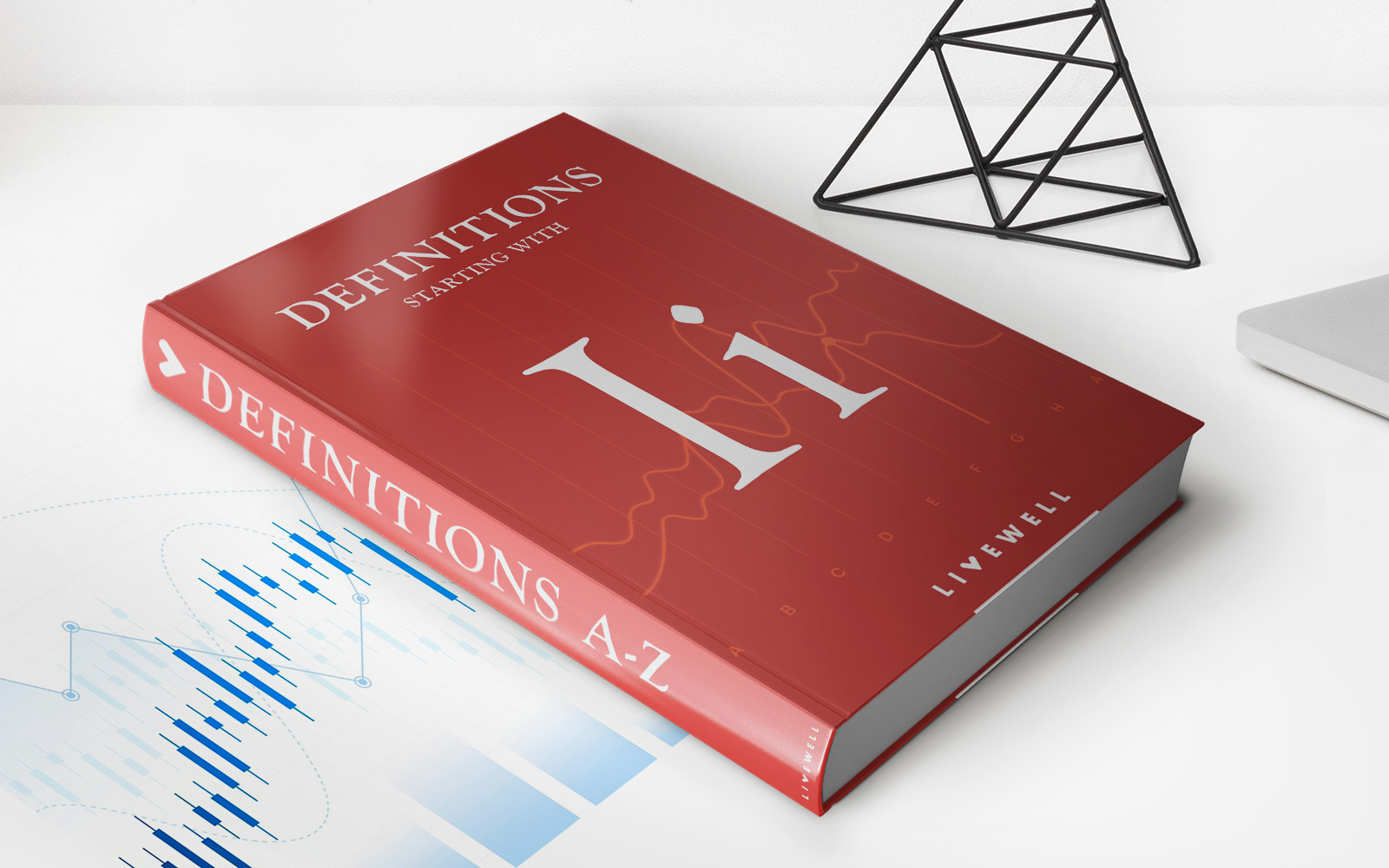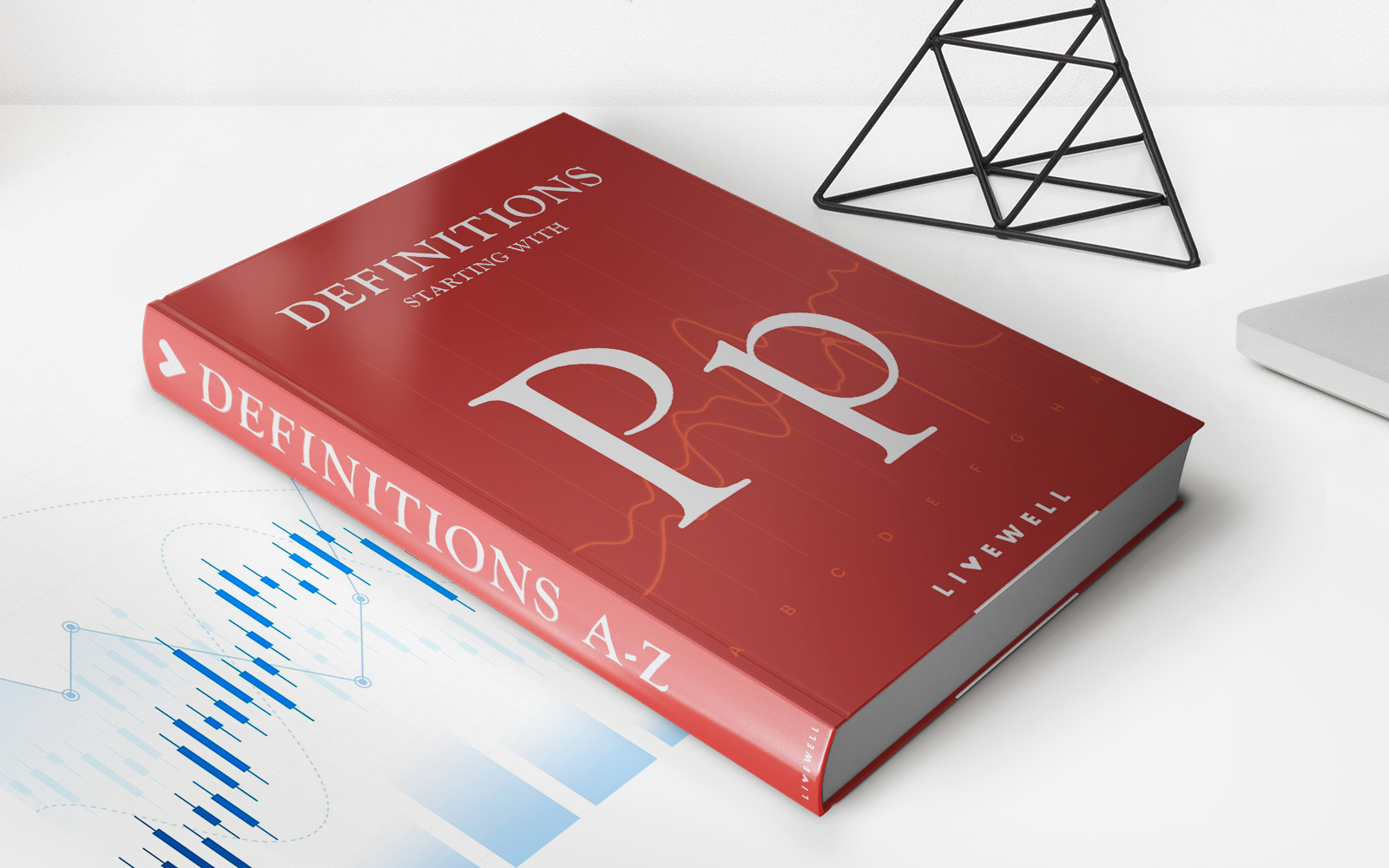Home>Finance>Competitive Equilibrium: Definition, When It Occurs, And Example
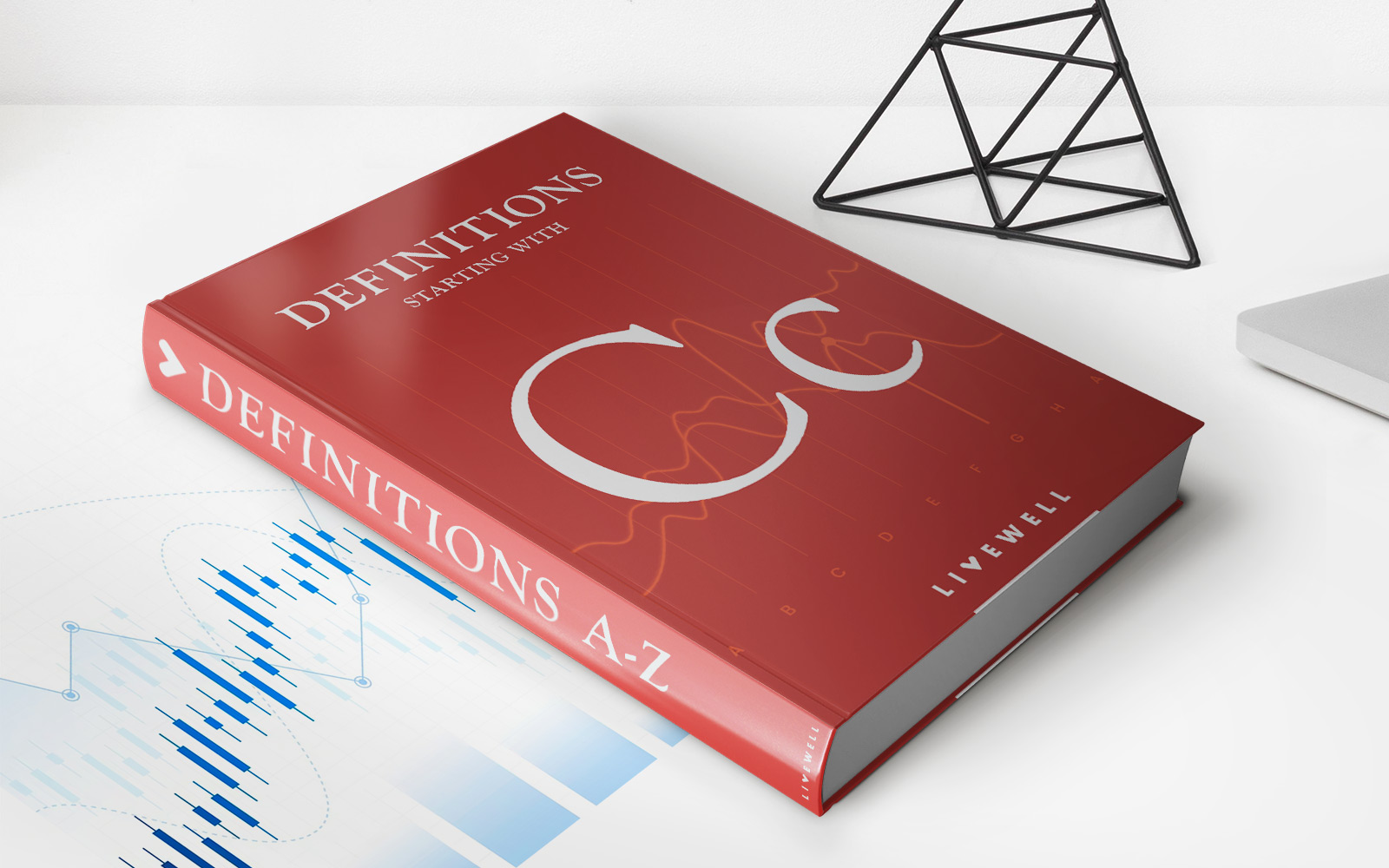

Finance
Competitive Equilibrium: Definition, When It Occurs, And Example
Published: October 30, 2023
Learn about competitive equilibrium in finance, including its definition, when it occurs, and an example. Gain a deeper understanding of this crucial concept in the financial industry.
(Many of the links in this article redirect to a specific reviewed product. Your purchase of these products through affiliate links helps to generate commission for LiveWell, at no extra cost. Learn more)
Competitive Equilibrium: Definition, When It Occurs, and Example
Gaining a solid understanding of the concept of competitive equilibrium is essential for anyone interested in finance and economics. But what exactly is competitive equilibrium, and when does it occur? In this blog post, we will explore the definition of competitive equilibrium, discuss when it occurs, and provide a real-world example to help illustrate its importance.
Key Takeaways:
- Competitive equilibrium is a state of balance in a market where the demand for a product or service matches its supply, and prices stabilize accordingly.
- Competitive equilibrium occurs when there is perfect competition, with many buyers and sellers, and no external factors influencing the market.
What is Competitive Equilibrium?
Competitive equilibrium refers to a state of balance that occurs in a market when the demand for a product or service matches its supply. In this state, prices stabilize at a level that allows for the optimal allocation of resources and the efficient functioning of the market.
In a competitive equilibrium, buyers are willing to pay a certain price for a product or service, while sellers are willing to supply it at that price. This creates a balance between supply and demand, ensuring that neither buyers nor sellers have an incentive to change their behavior. As a result, prices reach a point where the market clears, meaning that all available goods or services are sold and there is no excess supply or demand.
The concept of competitive equilibrium is based on the principles of perfect competition. In a perfectly competitive market, there is a large number of buyers and sellers who have no individual influence over prices. Additionally, there are no external factors such as government interventions or monopolies that can distort the market. Under these conditions, the market reaches a state of competitive equilibrium.
When Does Competitive Equilibrium Occur?
Competitive equilibrium occurs when the market conditions are ideal for perfect competition. These conditions include:
- Many buyers and sellers: A large number of buyers and sellers ensures that no single entity can dictate prices or control the market.
- Perfect information: Buyers and sellers have complete and accurate information about the market, including prices and product quality.
- Homogeneous products: The products or services being exchanged are identical, with no differentiation between them.
- Low barriers to entry: New sellers can enter the market freely, fostering competition.
- No external factors: The market is free from external influences such as government regulations or monopolies.
When all these conditions are met, competitive equilibrium can be achieved, and the market operates at its most efficient level.
Example of Competitive Equilibrium
To better understand competitive equilibrium, let’s consider the example of a farmers’ market. In this market, numerous farmers sell their produce, including fruits, vegetables, and dairy products, to consumers.
Assuming that all the conditions for competitive equilibrium are met, the market would operate as follows:
- Buyers would be willing to pay a certain price for each product based on their perceived value and personal preferences.
- Sellers would determine the quantity they are willing to supply at different price levels.
- As buyers and sellers interact in the marketplace, prices would adjust according to the forces of supply and demand.
- Eventually, prices would stabilize at a point where the quantity of each product demanded by buyers matches the quantity supplied by the farmers.
- At this point, the market would have reached a competitive equilibrium, ensuring an efficient allocation of resources and the satisfaction of consumer demands.
Understanding competitive equilibrium is crucial for individuals involved in finance and economics as it provides insights into market dynamics and helps optimize decision-making processes.
Remember, achieving competitive equilibrium requires the absence of external influences, perfect information, and a large number of buyers and sellers. By understanding and applying this concept, individuals can make informed decisions in various economic and financial situations, ultimately leading to better outcomes.
